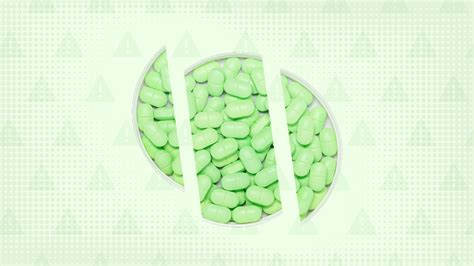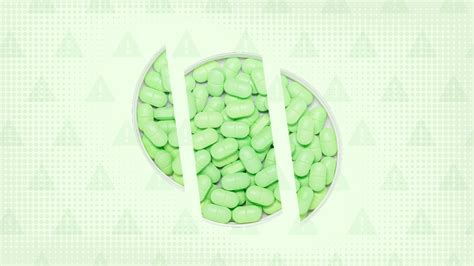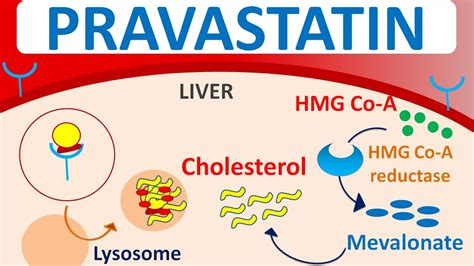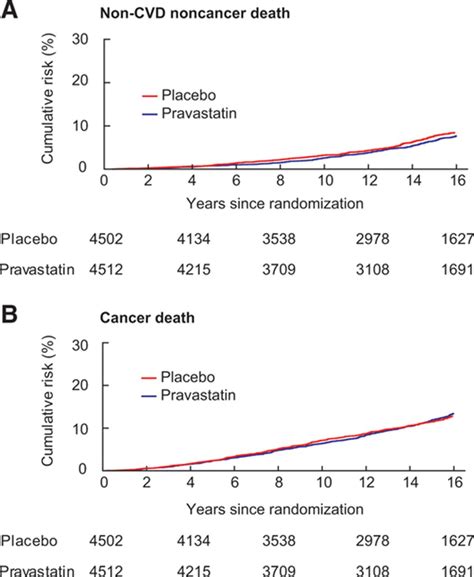Intro
Discover the potential risks of Pravastatin, a statin medication, including common side effects like muscle pain, liver damage, and increased blood sugar, to make informed decisions about your cholesterol treatment and manage potential health complications.
The importance of understanding the potential side effects of medications cannot be overstated, especially when it comes to widely prescribed drugs like pravastatin. Pravastatin, a member of the statin class of drugs, is primarily used to lower cholesterol levels and prevent cardiovascular disease. While it is effective in managing these conditions, like all medications, it can cause side effects that vary in severity and impact. Recognizing these side effects is crucial for patients to make informed decisions about their health and for healthcare providers to offer the best possible care.
Pravastatin works by inhibiting the enzyme HMG-CoA reductase, which plays a central role in the production of cholesterol in the liver. By reducing cholesterol production, pravastatin helps decrease the levels of "bad" LDL cholesterol and increase the levels of "good" HDL cholesterol, thereby reducing the risk of heart disease. However, the mechanism through which pravastatin exerts its effects can also lead to various side effects, some of which are common and mild, while others are less common but potentially more serious.
The prevalence of pravastatin side effects can vary significantly among individuals, depending on factors such as dosage, duration of treatment, and individual patient characteristics. While many people tolerate pravastatin well, others may experience side effects that range from mild discomfort to severe health issues. It is essential for patients to be aware of the potential side effects of pravastatin to promptly report any concerns to their healthcare provider, ensuring timely intervention and minimizing potential harm.
Common Pravastatin Side Effects

Common side effects of pravastatin include headache, nausea, vomiting, diarrhea, and muscle pain. These side effects are typically mild and transient, resolving on their own or with minor adjustments to the treatment regimen. However, it's crucial for patients to discuss any side effects with their healthcare provider, as in some cases, these effects can be indicative of more serious issues.
Statins and Muscle Pain
Muscle pain, or myalgia, is one of the most common side effects associated with statin use, including pravastatin. This condition can range from mild muscle soreness to severe muscle damage, known as rhabdomyolysis, although the latter is rare. Patients experiencing muscle pain should consult their healthcare provider, as adjustments to the dosage or switching to a different statin may be necessary.Less Common but Serious Pravastatin Side Effects

Less common but potentially more serious side effects of pravastatin include liver damage, increased risk of diabetes, and cognitive impairment. Liver damage, indicated by elevated liver enzymes, is a known risk of statin therapy and requires regular monitoring. The increased risk of developing type 2 diabetes, particularly in patients with risk factors for diabetes, is another consideration. Cognitive impairment, such as memory loss or confusion, although rare, has been reported in some patients taking statins.
Pravastatin and Liver Health
The liver plays a crucial role in metabolizing pravastatin, and as such, liver health is an important consideration for patients on this medication. Elevated liver enzymes, indicating liver stress or damage, can occur in some individuals. Regular liver function tests are recommended to monitor for any adverse effects on the liver.Managing Pravastatin Side Effects

Managing pravastatin side effects involves a combination of patient vigilance, healthcare provider monitoring, and sometimes adjustments to the treatment plan. Patients should be proactive in reporting any side effects to their healthcare provider. In some cases, switching to a different statin or adjusting the dosage can mitigate side effects. Lifestyle modifications, such as regular exercise, a balanced diet, and avoiding excessive alcohol consumption, can also help minimize the risk of side effects.
Dietary Considerations
Dietary choices can significantly impact the effectiveness and tolerability of pravastatin. A diet high in saturated fats can counteract the cholesterol-lowering effects of pravastatin, while a diet rich in fruits, vegetables, and whole grains can enhance its benefits. Additionally, certain foods and supplements, such as grapefruit and St. John's Wort, can interact with pravastatin, either increasing its levels in the blood or enhancing the risk of side effects.Pravastatin Interactions

Pravastatin can interact with a variety of medications and supplements, potentially leading to increased side effects or reduced efficacy. Patients should inform their healthcare provider about all medications, vitamins, and supplements they are taking. Notable interactions include those with other cholesterol-lowering medications, certain antibiotics, and antifungal drugs, which can increase the risk of muscle damage.
Importance of Patient Education
Patient education is paramount in the management of pravastatin therapy. Patients should understand the benefits and risks of pravastatin, how to take it correctly, and what to expect in terms of side effects. They should also be aware of the signs of serious side effects that require immediate medical attention. Empowered with this knowledge, patients can play an active role in their healthcare, contributing to safer and more effective treatment outcomes.Long-Term Use of Pravastatin

The long-term use of pravastatin is common, given its role in managing chronic conditions like high cholesterol. While generally considered safe for long-term use, prolonged therapy requires ongoing monitoring for side effects and efficacy. Regular check-ups with a healthcare provider can help identify any issues early, ensuring that the benefits of pravastatin therapy continue to outweigh the risks.
Future Directions in Statin Therapy
Research into statin therapy, including pravastatin, continues to evolve, with a focus on optimizing benefits while minimizing risks. New formulations, combination therapies, and personalized treatment approaches based on genetic profiles are areas of active investigation. These advancements hold promise for improving the safety and efficacy of pravastatin and other statins, potentially reducing the incidence of side effects and enhancing patient outcomes.Conclusion and Next Steps

In conclusion, while pravastatin is an effective medication for managing high cholesterol and reducing the risk of cardiovascular disease, it is not without potential side effects. Understanding these side effects, from common and mild to less common but serious, is essential for patients and healthcare providers alike. By working together and staying informed, individuals can make the most of pravastatin therapy while minimizing its risks.
We invite you to share your experiences or questions about pravastatin side effects in the comments below. Your insights can help others better understand the complexities of this medication and its potential impacts on health. Additionally, consider sharing this article with anyone who might benefit from a deeper understanding of pravastatin and its side effects, contributing to a more informed and supportive community.
What are the most common side effects of pravastatin?
+The most common side effects of pravastatin include headache, nausea, vomiting, diarrhea, and muscle pain. These are typically mild and temporary.
Can pravastatin cause liver damage?
+Yes, like other statins, pravastatin can cause liver damage, indicated by elevated liver enzymes. Regular liver function tests are recommended to monitor for this potential side effect.
How can I minimize the risk of side effects from pravastatin?
+To minimize the risk of side effects, follow your healthcare provider's instructions carefully, attend regular check-ups, and maintain a healthy lifestyle, including a balanced diet and regular exercise.
